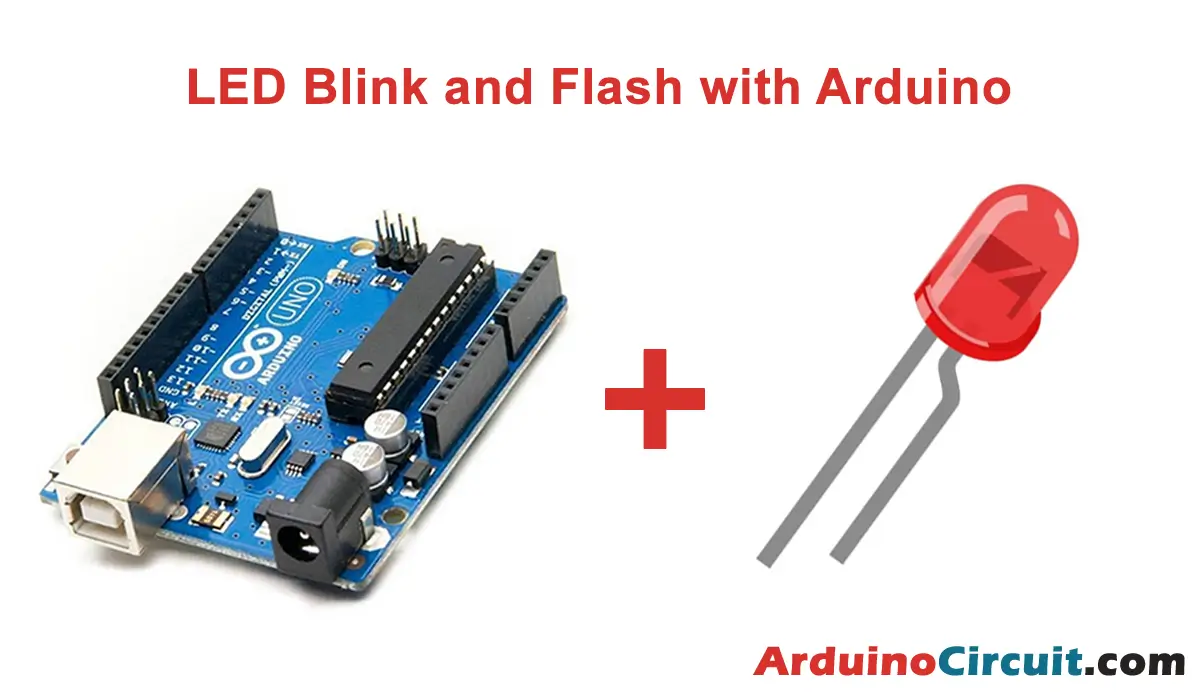Are you a beginner eager to delve into the world of Arduino? Don’t fret! Even the most seasoned experts were once amateurs. The key lies in learning and practice. In this comprehensive guide, we will walk you through the steps to get started with Arduino, turning you into a proficient Arduino enthusiast. So, let’s begin!
How To Get Started With Arduino Outline
- Buy an Arduino Starter Kit.
- Run Arduino – Hello World Example.
- Learn Arduino Code Structure.
- Learn some of these Arduino Tutorials.
- Modify code in the tutorials.
- If getting any problem, google it.
- If googling does not solve your problem, ask on Arduino forum
Step 1: Get Started with Arduino Starter Kit
To embark on your Arduino journey, you’ll need the right tools. Purchase an Arduino Starter Kit, which typically includes an Arduino board, essential components, and a guidebook. This kit serves as your gateway to endless possibilities.
Step 2: Run the Arduino – Hello World Example
Once you have your starter kit, it’s time to take your first steps. Connect your Arduino board to your computer and open the Arduino software. Within the software, locate the “Hello World” example, a basic program that serves as a starting point. Upload the code to your Arduino board and witness the magic as an LED blinks on and off.
Step 3: Master the Arduino Code Structure
To truly become an Arduino aficionado, it’s crucial to understand the code structure. Dive into the world of C/C++ programming and familiarize yourself with the various components of an Arduino sketch. Learn about variables, functions, loops, and conditionals. This knowledge will empower you to build complex projects in the future.
Step 4: Explore Arduino Tutorials
Accelerate your learning process by exploring a plethora of Arduino tutorials available online. These tutorials cover a wide range of topics and projects, allowing you to grasp different aspects of Arduino programming. Some popular tutorials include “LED Blinking,” “Temperature and Humidity Sensing,” and “Ultrasonic Sensor Projects.” Take your time to absorb the knowledge and try out the examples provided.
Step 5: Modify Code in the Tutorials
As you become more comfortable with the tutorials, challenge yourself by tweaking the code. Experiment with changing the LED blink rate, adjusting sensor thresholds, or adding additional functionality to existing projects. By modifying the code, you’ll gain a deeper understanding of how different variables and functions interact within the Arduino environment.
Step 6: Utilize the Power of Online Resources
If you encounter any stumbling blocks during your Arduino journey, the internet is your friend. When faced with a problem, simply turn to your trusted search engine and seek solutions online. The Arduino community is vast and supportive, with numerous forums and websites dedicated to troubleshooting and sharing knowledge. By googling your questions, you’ll likely find answers to most common issues.
Step 7: Engage with the Arduino Community
While googling often leads to resolutions, some problems may require a more personalized approach. In such cases, consider joining Arduino forums, where you can ask questions and receive guidance from experienced Arduino enthusiasts. These forums foster a welcoming environment where beginners and experts come together to share ideas, troubleshoot, and inspire each other. Don’t hesitate to reach out and tap into the collective wisdom of the community.
By following these steps, you’ll be well on your way to mastering Arduino. Remember, everyone starts somewhere, and with dedication and practice, you can unlock the full potential of this incredible platform. So, embrace the beginner’s mindset, dive into the exciting world of Arduino, and let your creativity soar!





